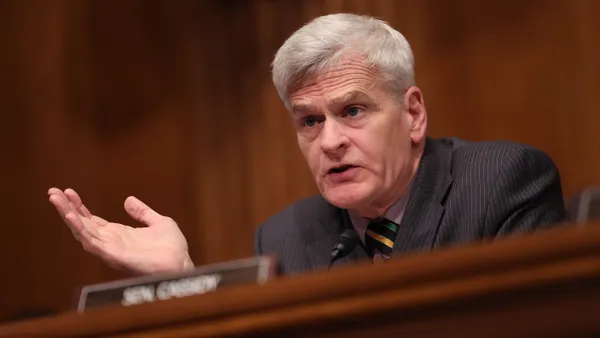Dive Brief:
- Although 31% of employees take part in employer-sponsored wellness programs, many report struggling financially, according to a study by Bank of America Merrill Lynch. The 2018 Bank of America Merrill Lynch Workplace Benefits Report found that while employers focus on budgeting and other short-term financial goals, employees want long-term strategies to improve their financial health.
- Based on the responses of 657 employees enrolled in a 401(k) plan and of 667 employers who offer both 401(k) plans and financial wellness programs, the survey found 38% of employees said they’re less than financially well, including 44% of those in the survey under age 40. Over half (53%) of employees said they had skipped important healthcare needs in order to save money.
- The survey also showed a wide financial wellness gap between women and men; 47% of women reported being less than financially well, compared to 29% of men.
Dive Insight:
It is a critical time for employers to focus on workers' financial wellness. A 2017 Willis Towers Watson study found that U.S. workers' financial well-being had dropped significantly after years of steady gains, even as the country's economy continued to grow. Two culprits are key to understanding why: stagnant wages and ballooning employee debt.
But workers are at least open to financial wellness offerings. A Prudential Financial study showed that the topics employees most wanted to learn about included retirement planning and savings, building emergency savings, managing budgets and identity protection. Millennials, and young workers in general, said the largest barrier to their financial wellness was student loan debt. Other researchers have indicated that employment term length requirements and similar plan provisions can also be prohibitive.
Until there’s more closure with the gender skills gap, research is likely to continue to show women are struggling to attain financial security. The Bank of America Merill Lynch study shows employers may need to consider workers’ financial needs based on age, gender and earnings in order to design financial wellness programs that can more successfully address those needs.












